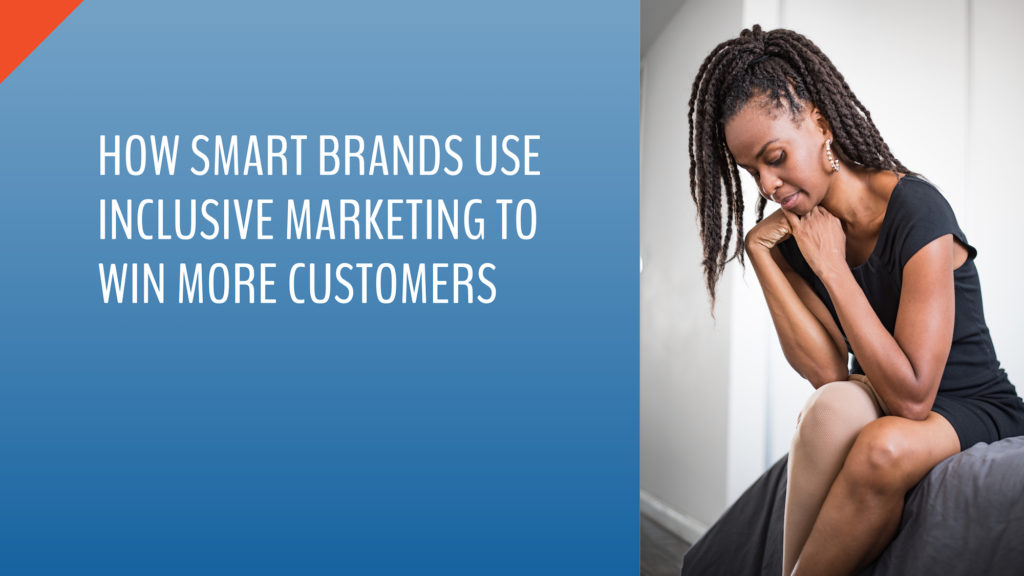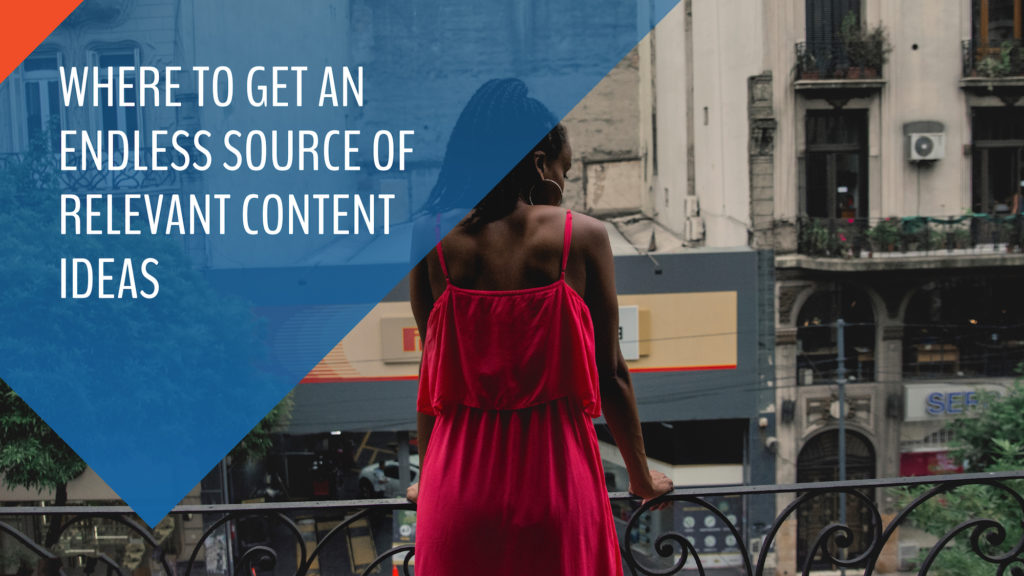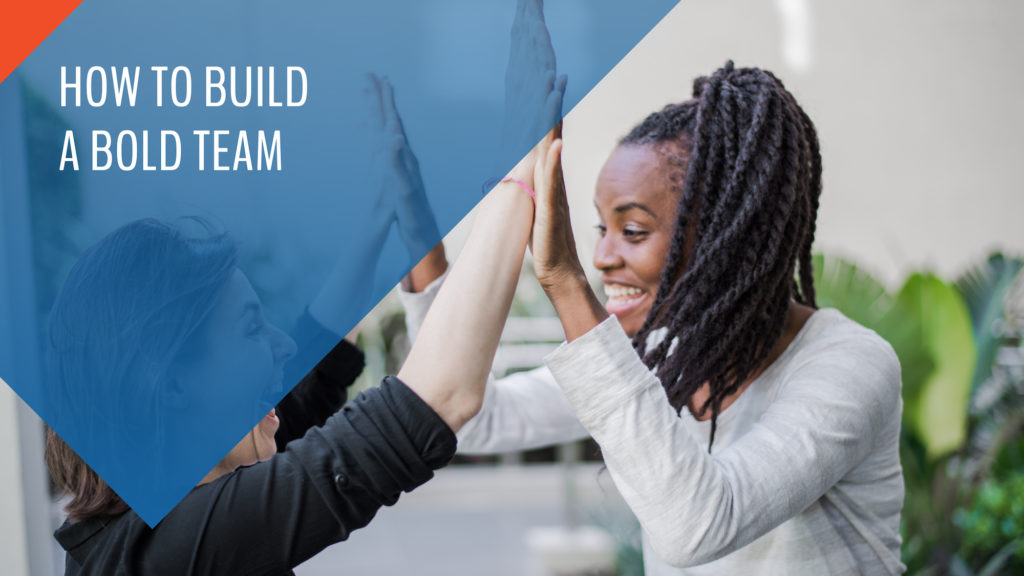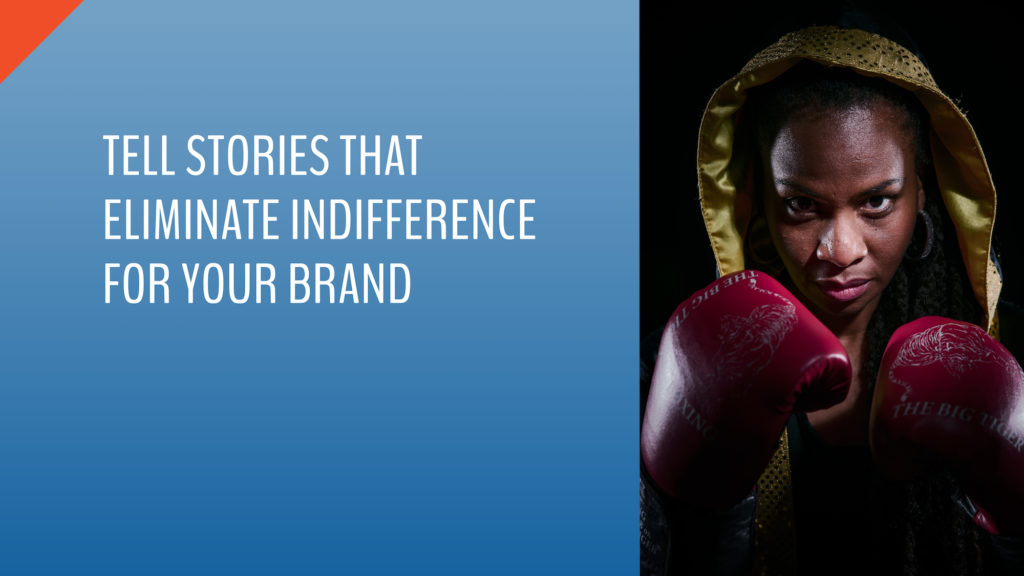
One challenge many marketers grapple with is figuring out how to effectively engage customers who are part of communities that have been historically underserved. Thankfully, women and certain cultural minorities are beginning to get more attention from brands as of late. But gender and ethnicity aren’t the only qualities to take into account. Religion, dietary restrictions, sexual orientation, and even the makeup of the family are becoming important levers that drive decision making for where customers choose to spend their hard earned money.
There’s no shortage of companies struggling with serving customers who don’t cleanly fit into the “mainstream” mold of a customer. As a result, consumers in these underserved groups find themselves self-segregating, to work with brands, companies, and organizations who “get” their unique challenges and needs. These customers self-segregate in favor of businesses that make them feel like they belong.
This missed opportunity on the part of a large number of brands has left the door wide open for companies who want to serve these customer groups.
Ade Hassan launched her company Nubian Skin because she was frustrated with the difficulty of finding nude lingerie and hosiery that matched her skin tone. The color nude is not the same for everyone, and in particular for people of color. Because the stores Hassan searched in didn’t have hosiery that accommodated her needs, she filled the void in the market herself with her own company.
The missed opportunity isn’t only in the lost sales that come from ignoring entire chunks of customers. It is a missed chance to create a mental and emotional transformation in these underserved customer groups and society at large. When brands say “I see you” to customers who are used to not being seen by the masses, the ripple effect of the impact goes far beyond where to swipe their credit card.
This phenomenon is evident very clearly in three hit films over the past year. Coco, Black Panther
Consumers from these minority communities flocked to see these culturally specific films with casts who were “like them” because the void of not being adequately represented made them hungry for a source that fulfilled their unmet need.
Imagine all your life being told you and people like you couldn’t do or be something because of the way you looked. Then one day you see people who look like you smashing that barrier and you realize change is here. That was #CrazyRichAsians.— Erika Ishii (@erikaishii) August 24, 2018
As a marketer, you can satisfy these unmet needs.
How you do it requires a two-fold approach. First, make it your mission to create an environment with your products, services, and experiences that make everyone feel like they belong. Be deliberate about being inclusive.
Rihanna did this with her makeup line, Fenty Beauty, that launched late last year. The brand launched with 40 different foundation colors to accommodate women of different complexions all over the world. Consumers responded by purchasing the makeup in droves.
Kevin Curry of FitMeenCook does this by adding a Spanish translation to every recipe video he makes. Reaching out to include those whose first language is Spanish who are also interested in healthy eating helps them feel like they belong. The effort the team makes to be inclusive of Spanish-speakers helps to reduce friction associated with engaging with the brand.
The second part of tackling this challenge is to acknowledge that certain groups of customers have unique needs and will sometimes need accommodations that support those needs.
When I traveled to New Delhi, I was relieved when my friends and I stepped onto the “women only” subway car. We’d been on the regular cars before and were fine, but when we stumbled onto the women’s only car we greatly appreciated being in a safe space where we could exhale and not be so on guard.
Procter & Gamble recognized that beauty standards didn’t adequately reflect black women. Thus they created My Black is Beautiful community to celebrate the diversity of black women and to encourage and support them in defining and promoting their own beauty standard.
And Nike launched a line of Pro Hijab sportswear to address the needs of Muslim women athletes.
As a marketer, you have the power to integrate and unify your customers in a way that makes everyone feel like they belong. As a result, you’ll have fewer missed opportunities that cause your customers to go search elsewhere for solutions that better serve them.
Lead with customer intimacy. Lead with empathy. Lead with inclusivity. When you do, you’ll find that you’ll better serve more of your customers which will help you win even more of them as a result.




